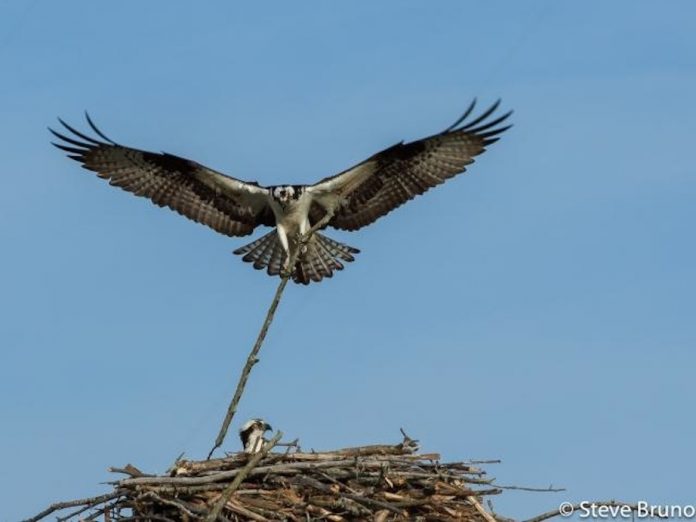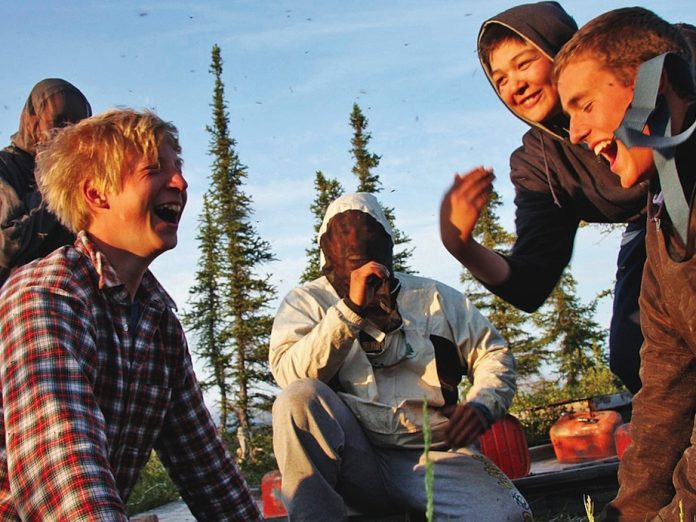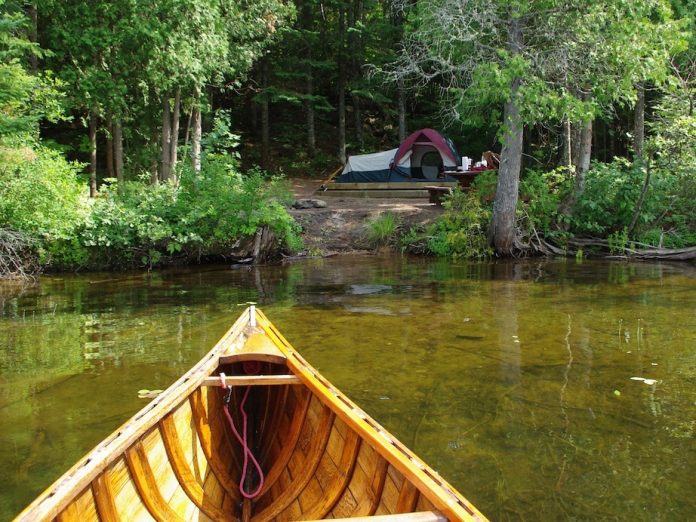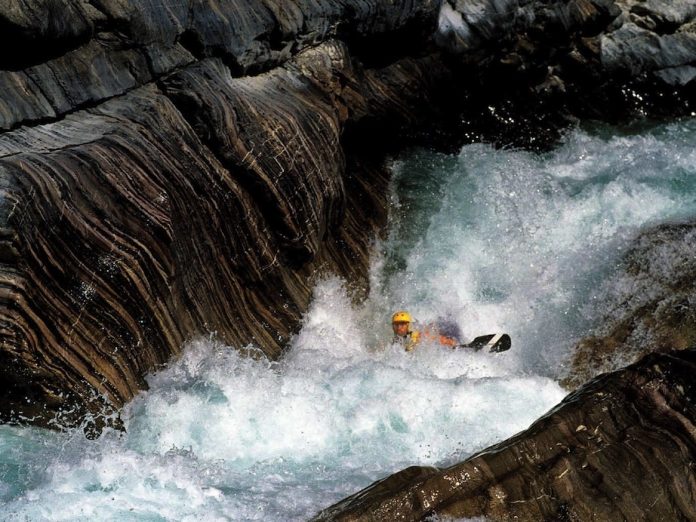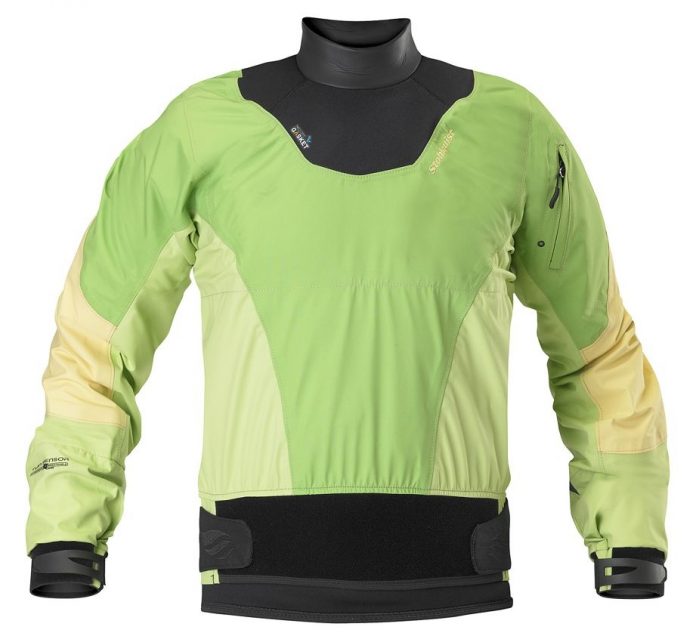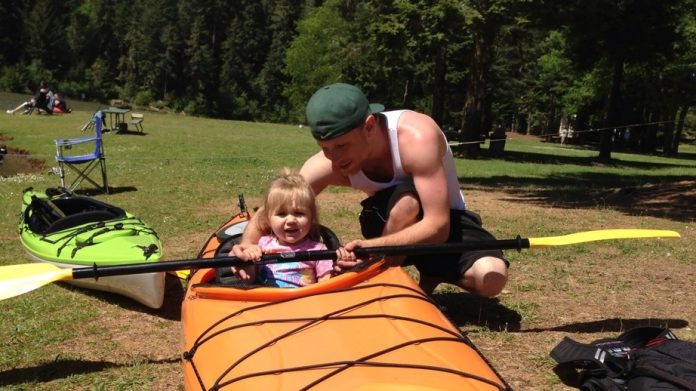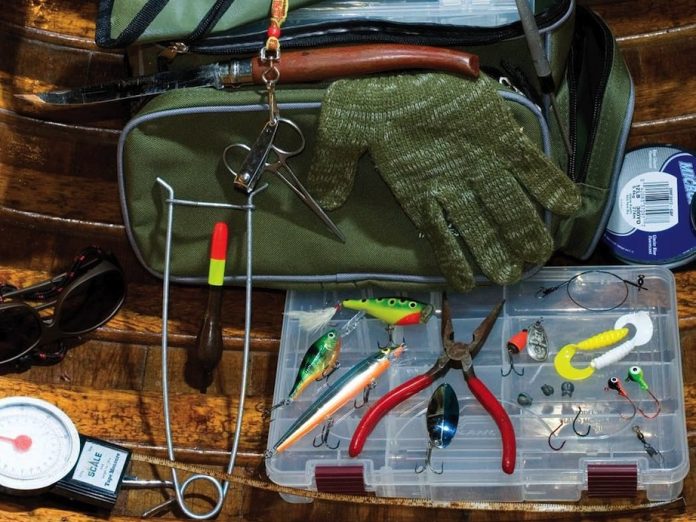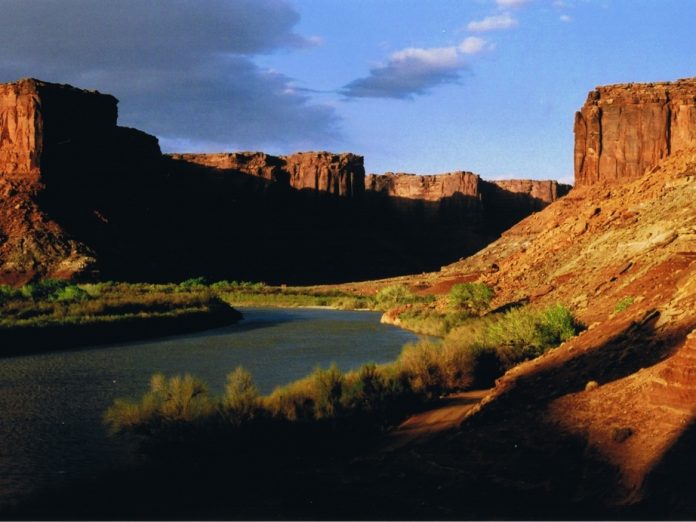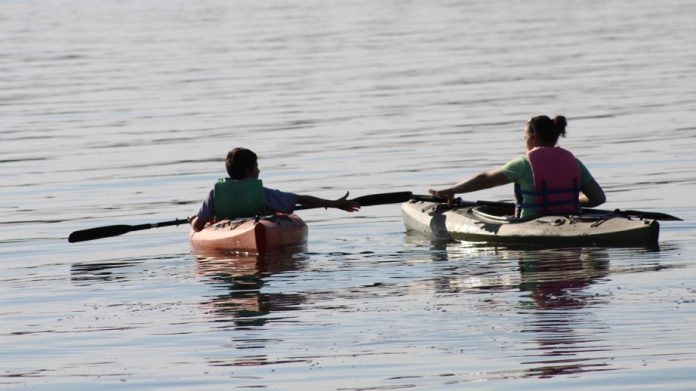Daily Photo: Bird of Prey
Daily Photo: Cozy Campsite
Stohlquist Dry Top Gear Review
A review of the Stohlquist FreeRyde dry top from Adventure Kayak magazine.
Gaskets at the wrists and neck make Stohlquist’s best-selling FreeRYDE the only true dry top in our line-up. Updated for 2012, the top is made from a new four-layer waterproof/breathable fabric with a revised cut that improves fit and eliminates weak points in the stitching. The sticky grip double waist tunnel stays put while you’re paddling. Even better, the soft-feel neoprene neck gasket does the same job as traditional latex, minus the skin rash and strangulation.
www.stohlquist.com | $329
This article originally appeared in Adventure Kayak, Spring 2013. Download our free iPad/iPhone/iPod Touch App or Android App or read it here.
Daily Photo: Beginnings
“You can’t start too early!” says Adventure Kayak reader Karen Glassman of young Kennedy testing the waters (with a bit of help) in the family’s kayak.
Want to see your photo here? Send to [email protected] with subject line Daily Photo.
Canoe Tripper’s Tackle Kit
This article originally appeared in Canoeroots and Family Camping magazine.
Plastic tackle boxes with telescoping shelves have their place, but it’s not on a canoe trip. The boxes break and they don’t do a good job of keeping your gear from getting tangled. Instead, use rugged nylon tackle bags (available wherever you buy your fishing gear) to hold individual flat tray boxes full of your most reliable lures. Here’s what you should have in your bag.
Box 1 » BASICS
#2 to #6 Single Hooks: For live bait.
Split Shot Sinkers: Crimp onto the line six inches above hook.
Leadhead Jigs: These are colored weighted hooks. Use 1/8 to 3/8 ounce.
Soft Plastic Grubs: Thread them onto jigs to troll, cast or jig.
Snap Swivels: The swivel minimizes line twist when casting or trolling.
Leaders: Wire or fluorocarbon leaders stop toothy fish from biting through line.
Box 2 » FLASH
Spinners: A rotating blade spins around a weighted body for plenty of flash. Try size 0 to 2.
Spoons: Few fish can resist the wiggle of a cast or trolled 1/8- to 1/2-ounce bright spoon.
Box 3 » PROFILE and SPLASH
Crankbaits: Diving body baits look and move like minnows. They cast and troll well without twisting line.
Top Water Plugs: Simulate a wounded minnow or frog with the splash and gurgle of floating surface lures. Great for bass and pike.
IN THE SIDE COMPARTMENTS…
Floats: To suspend bait or soft plastic off the bottom—great for relaxed fishing in front of campsites.
Spare Main Line: 250 yards of no-stretch super line in 10- to 20-pound test.
Leader Line: Fluorocarbon or monofilament leader material in 6- to 12-pound test.
IN THE LARGER FRONT COMPARTMENTS…
Hook Hone: Keep hooks sharp.
Lanyard with nail Clipper and forceps: Hang around your neck for easy access when rigging lines or removing hooks from fish.
Needle Nose Pliers with Side Cutter: Pliers will bend straightened hooks and side cutter will help remove a hook from fishing partner.
Polarized Sunglasses: Cut surface glare for better sub-surface visibility.
Scale and Tape Measure: Estimating is your right, but accuracy is important where there are size or weight regulations.
Jaw Spreaders: Keep the mouth of toothy fish open wide. Easier on the fish, and the angler.
Cotton Glove: Improves grip and reduces harm to fish when wet.
Filet Knife: If you feel lucky.
This article appeared in Canoeroots & Family Camping, Early Summer 2009. Download our free iPad/iPhone/iPod Touch App or Android App or read it here.
Canyon Country Kayak Trip
This kayak trip destination is excerpted from the “Killer Trips” feature in Adventure Kayak magazine.
Glen Canyon National Recreation Area, Utah
Temperatures in the otherworldly Lake Powell basin can soar to 110°F in mid-summer. Formed by the Glen Canyon Dam on the Colorado River, this sprawling green-water reservoir extends from the main 185-mile waterway into 96 side canyons, where 500-foot-high walls of Navajo sandstone constrict to less than a boat-length. To escape the powerboats—and the scorching sun—put in at Halls Crossing and paddle 10 miles upstream to explore the narrow arms of Moqui, Crystal Spring, Forgotten and Smith Fork canyons, where intimate alcoves, archways, hanging gardens and cool shade await. Avoid traveling midday when the searing heat is at its worst—plan a shady siesta or lounge in the lake’s 80-degree waters. www.nps.gov/glca
This article is a sneak preview from the Early Summer 2013 issue of Adventure Kayak. Download our free iPad/iPhone/iPod Touch App or Android App or read it here.
Daily Photo: Make Mom Proud
Kathy and Luke Kujawa shared a sunny Mother’s Day 2012 with their children on Wisconsin’s Pike Lake. Where are you paddling with Mom this weekend?
Want to see your photo here? Send to [email protected] with subject line Daily Photo.
Flying Kayak Causes Crash
Crummy roof racks, poor knot-knowhow or just bad luck may be factors in a near-tragic automobile pile-up that occured on Georgia’s I-75 after a recreational kayak set sail off a motorist’s roof. Watch the video to reinforce why securing your boat properly is so important. Just imagine if this landed on your windshield at 70 miles per hour!



